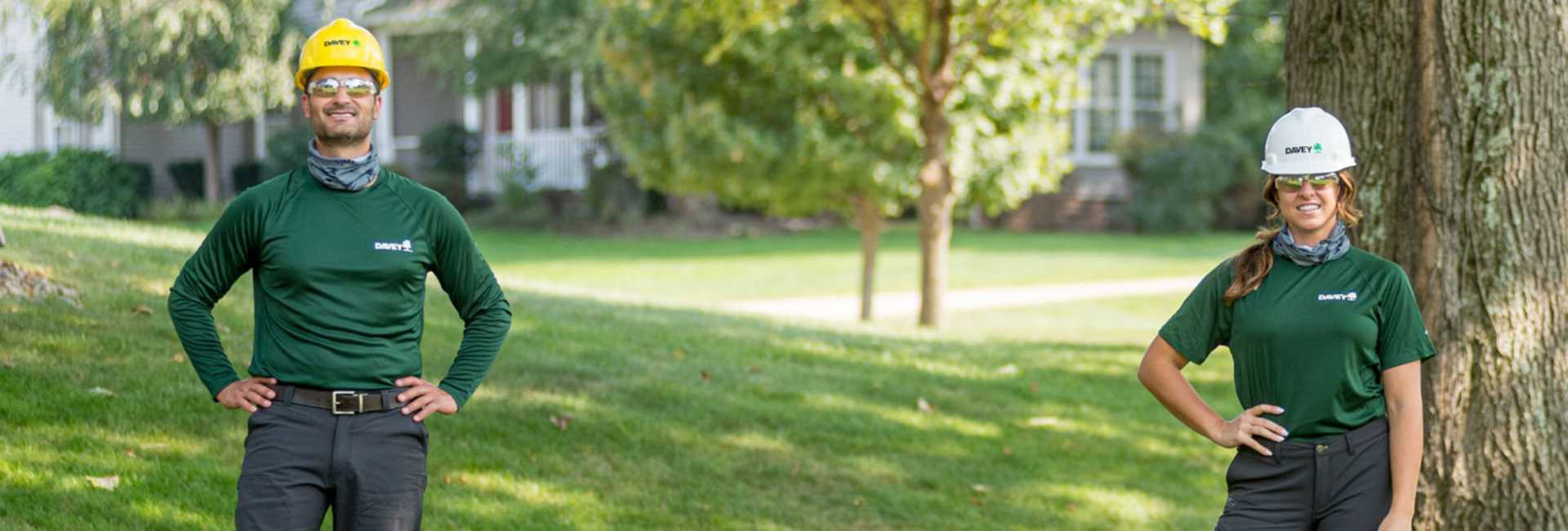The energizing sunlight shining down on leaves. The nourishing water soaking into roots. The nutrient-rich fertilizer spread in garden beds. A lot goes into helping plants grow and thrive.
At the base of it all is the soil. Good soil lays the groundwork for healthy plant growth. But, more often than not, the unaltered soil you find out in your yard hasn’t quite gotten to “good” yet. Most yard soil doesn’t have quite the right texture or enough organic matter like compost or manure to effectively grow plants.
So how can you turn your current yard’s soil into a nutrient-rich plant-growing machine? Keep on reading for a step-by-step guide to creating good garden soil.
How to make good garden soil (step-by-step)
Without the right blend of soil beneath them, plants have a hard time growing. And in the worst case, they can die from a lack of key materials in the soil. Save time, money and your plants by giving them a good foundation from the start.
If you’ve never had your yard flagged for underground utilities, start there. Creating garden soil requires you to dig into your yard with a tiller or shovel, and both of those tools can damage underground pipelines. This important step will let you know if you need to rethink your planting spot.
Now, onto the steps to making good garden soil:
- First up, test your soil with a kit from your local county extension office, if available, or your local garden center. Soil tests are a gardener’s trusted sidekick. They provide background on the makeup of your yard’s soil, the amount of organic material the soil currently has and the soil’s pH. Knowing these things helps you pinpoint the materials you need to make the soil the best environment for your plants.
- Based on soil test results, decide on the organic matter you’ll use as additives for the soil. You can also start a compost pile on your own. If the soil test showed that your soil’s pH is off balance, consult with your local Extension office.
- Check your soil’s moisture level before getting started. Grab a handful of soil and ball your hand into a fist. If the soil crumbles through your fingers, it’s A-Okay. If it forms into a ball, it’s too drenched to work with and needs a few days to dry. Never try to work on wet soil—you’ll end up with a clogged up, compacted mess that’s no good for planting.
- Once the soil is ready, clear out any weeds or debris from the garden bed.
- Next up, it’s time to till. Start from one corner of the garden and work your electric tiller* to the other side, tilling about 10-12 inches deep. Add in the organic materials and till again to mix them in.
- Lastly, rake the garden bed to level it out, and water the soil thoroughly.
*A quick note: An electric tiller makes this job much easier, but if you don’t have one, handy-dandy garden tools will also do the trick. Use the double digging method to mix soil by hand if you don't have access to these tools. More info below...
Double Digging Method (Step-By-Step)
- Spread some organic matter over the garden. Then, dig a hole about 10-15 inches deep, and set that pile of soil aside.
- Loosen up the soil in the hole with a garden fork, digging in another 10 inches or so. sprinkle in some of the organic material.
- Dig a second hole right next to the first, and fill the first hole with soil from the second.
- Loosen the soil and add organic matter to the second hole.
- Keep digging holes down the garden following the same process—dig, refill the previous hole, loosen and sprinkle. When you get to the last hole at the end of the garden, fill it with the soil from the first hole.
- Finish the job off with raking and watering
Understanding different garden soil types
Most soil looks about the same, whether it’s spread out in a vegetable garden or packed into a container plant. But, different types of soil have different uses.
- Topsoil is simply the top layer of soil found in your yard before you mix in organic matter. It has a range of textures, from sand soil to clay soil.
- Garden soil usually refers to topsoil that's been enriched with organic matter.
- Potting soil is a little misleading in that it’s actually not soil at all. The base used for container plants is a mixture of airy materials like peat moss, perlite, and bark dust.
Garden soil: additional tips and tricks
Compacted soil can cause problems as you try to establish a new garden. Here's how to get rid of compacted soil before it becomes a huge problem.







